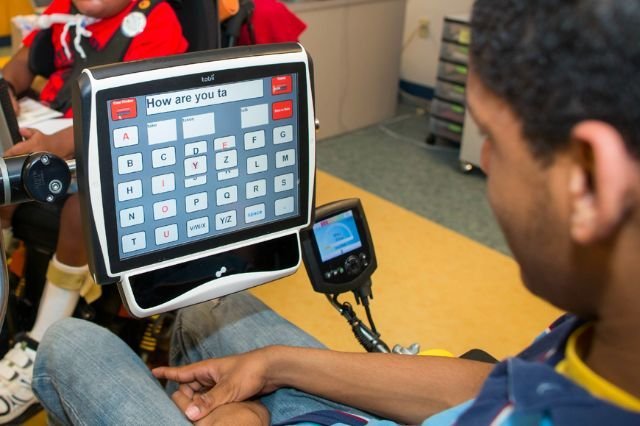Neurodiversity and social interaction
Rachel Cohen, OTR/L
Overview of Neurodiversity
Neurodiversity is a concept that recognizes natural variation in neurological traits. People experience and interact with the world around them in many different ways. That there is no one "right" way of thinking, learning, and behaving. “Neurotypical” describes people who function in a way that most of society does. They do not have to think very much about their thinking or behavior, because they largely just “fit in”. “Neurodivergent” describes people whose brain function outside the “typical” way. Some diagnoses include autism, ADHD, dyslexia, and Tourette’s. Neurodivergent people are usually made aware that their brain functions differently, by others pointing it out and by their own personal experiences.
Social Interaction
Social interaction is an important part of the human experience and plays a fundamental role in development. From a neuroscience standpoint, positive social experiences elevate serotonin, dopamine, and oxytocin levels. Serotonin enhances sense of well-being, sleep, memory, flexibility, and learning abilities. Dopamine facilitates focus, motivation, problem-solving, and feeling good. Oxytocin is related to trust, empathy, generosity, and stress reduction. For many neurodivergent children, social interaction can be more difficult than their neurotypical peers for a variety of reasons. It is not necessarily that neurodivergent children do not want social connection. Part of it is that neurotypical people do not connect in the same way that they connect.
Although social interaction is important, teaching social skills can be a very touchy subject. Neurodivergent children are often expected to “act” in a way outside of themselves. A real concern is that direct/instructional learning can lead to masking, which can have many adverse outcomes and crumble the foundation to living a meaningful life that is true to oneself. The opposite of what social connection should be about.
How Occupational Therapy Can Help
So how can we help neurodivergent children expand their ability to connect socially, in a way that honors their autonomy and embraces their own unique experiences? One way that occupational therapy can help address social interaction skills is by creating space for authentic social experiences within therapy sessions. Experiences void of judgment, lecturing, and “teaching”. Experiences more about genuine connection and the current moment. Therapists can model and facilitate sharing, communication, flexibility, perspective taking, collaboration, and working through conflict. Children can learn and practice skills to navigate the nuances of social participation in real time, without being “taught”. However, more than just learning discrete “social skills”, these experiences can help children build the confidence and self-efficacy to foster meaningful relationships outside of sessions.
Other ways occupational therapy can help is through education, collaboration, inclusion, and advocacy. Education involves being proactive in learning from neurodivergent individuals and teaching others about neurodiversity-affirming social engagement. OTs can encourage collaboration between neurodivergent children, their families, professionals, and communities to create understanding and inclusive environments. Occupational therapists can help promote awareness and advocate for adaptations in schools and other community settings, for social interaction to be more accessible and accommodating. Above all, OTs can share in celebrating and embracing the unique attributes that all individuals bring to the table.
In one of the world’s longest studies on the meaning of life, Harvard Study of Adult Development, it has been shown that embracing community helps people live longer and be happier.
Over nearly 80 years, Harvard study has been showing how to live a healthy and happy life – Harvard Gazette




